people. products. pride.
products made for the road ahead.
From our lab to your project we look to produce quality emulsions and supply innovative solutions. Hudson Materials Company offers a full line of quality anionic and cationic emulsion products and maintains a year round inventory to meet the unique needs of our customers. We can formulate and manufacture different grades of specialty and latex modified emulsions for a wide variety of applications.
Take a moment and review our range of products below.

quality products with unmatched service.
that’s the Hudson materials difference.
featured products
MICRO-SURFACING
If you are looking for a pavement maintenance treatment that is designed to remedy a variety of road surface problems, micro-surfacing can offer superior benefits.
Made from a mixture of dense-graded aggregate, quick-setting polymer modified asphalt emulsion, water, mineral fillers and other additives, micro-surfacing is a cost-saving pavement preservation system that has many beneficial characteristics.
Micro-surfacing is designed to be strong and durable; it can extend the lifespan of certain high traffic arterial roads for up to 12 years! The system can be used to fill depressions, small cracks and ruts and also provides some surface leveling and protection while increasing skid resistance. And best of all, the curing time allows traffic flow to resume much sooner than other treatments.
To find out more about micro-surfacing and other cost-saving products and applications, please contact your Sales Representative for more information.
ENVIROPATCH ⁄ ENVIROPAVE™
Enviropatch ⁄ Enviropave™ liquid is an emulsion product used in pothole patching and paving applications. Our formulation was developed in 1994 and is widely used by many utility companies, contractors, counties, municipalities, and State DOT’s because of it’s unique characteristics.
Because it is not a cutback, Enviropatch ⁄ Enviropave™ liquid has superior safety, performance and cost advantages.
Enviropatch ⁄ Enviropave™ liquid has a significantly higher flashpoint than cutbacks and is an alternative when cutbacks are not approved. It also has no brown run-off when mixed under wet conditions (helping to alleviate environmental or stormwater issues).
Enviropatch ⁄ Enviropave™ mix won’t strip when placed in wet potholes and has superior bonding and curing properties as compared to regular emulsions.
Enviropatch ⁄ Enviropave™ meets Kentucky and Tennessee DOT specifications for High Performance cold mix, yet performs equally well as compared to more expensive products. Enviropatch ⁄ Enviropave™ liquid is very cost competitive with standard emulsions due to the lower amount needed to coat an aggregate.
Enviropatch ⁄ Enviropave™ liquid can be used through hot mix plants or mixed by our pugmill on site, but is always available as a finished mix for pick up at our Chattanooga plant location.
Our innovative emulsions can be used for the following:
chip seal
A chip seal is a roadway surface treatment that consists of a layer of asphalt binder (hot or emulsion) with a layer of embedded aggregate. Chip seals provide a new skid resistant wearing surface, stops raveling, seals minor cracks, and retards further deterioration of the existing roadway. Chip seal binders can be polymer modified as well to improve aggregate retention and provide for a quicker return to traffic.
Used to Address:
Minor Cracking (less than ¼”)
Raveling
Oxidization
fog seal
Fog seal is a single application, typically light, of emulsified asphalt to an existing asphalt surface. This type of maintenance treatment can be valuable aid to renew weathered (oxidized) asphalt surfaces and improve the surface appearance, seal minor cracks and surface voids, and inhibit raveling.
Used to Address:
Minor surface cracks
Oxidation
Raveling (due to segregation or poor compaction)
prime coat
A prime coat is an application of low viscosity binder material to the surface of a granular base, or the mixing of a low viscosity binder material into the upper portion of a granular base in preparation for an initial asphalt layer or a chip seal.
Used to Address:
Protecting road base during construction from weather/traffic
Adhesion between the base and next pavement layer
Control dust during construction
Micro surfacing
Micro surfacing is a surface treatment designed to extend the life of asphalt pavements in good condition by providing skid resistance, restricting moisture intrusion, protecting the structure from further oxidation and raveling, and restoring a uniform black appearance. Micro-surfacing also uses a polymer modified emulsion that mitigates future cracking. It is the most economical choice when leveling is required. Micro surfacing boasts quick construction times and minimal disruption to the traveling public.
Used to Address:
Loss of friction
Oxidation
Uneven surface profile
Raveling
Rutting
Lack of uniform color for re-striping
Slurry seal
Slurry seal is a surface treatment designed to extend the life of asphalt pavements in good condition by providing skid resistance, restricting moisture intrusion, protecting the structure from further oxidation and raveling, and restoring a uniform black appearance. Slurry seal boasts quick construction times and reasonable disruption to the traveling public.
Used to Address:
Loss of friction
Oxidation
Raveling
Lack of uniform color for re-striping
Cold Mix Paving
Cold-mix is a mixture of asphalt emulsion and mineral aggregate blended together and used in paving courses primarily for rural and secondary roads.
Used to Address:
Temporary pothole relief
Can be stored in a stockpile
Improve safety and traffic flow
Uneven road surfaces
Pot Hole Patch
Designed to be a permanent patch material, EnviroPatch™ provides excellent handling characteristics at cold temperatures and is easily applied.
EnviroPatch™ is an approved Tennessee DOT product and is environmentally friendly, using minimal amounts of VOC (Volatile Organic Compounds) producing distillates. It can be stored safely in bulk and used on roads, parking lots and sidewalks.
Tack Coats
Tack Coat is critical to the long-term performance of an asphalt pavement. Tack coats ensure proper bonding between layers of asphalt. A strong bond between pavement layers transmits traffic loads through the pavement structure. When properly bonded, the cross section of a road will act as a single unit, ensuring vital structural integrity and helping prevent many of the major problems associated with road failures.
Used to Address:
Debonding
Slipping
Shoving
Rutting
Delamination
Full Depth Reclamation (fdr)
A cost-effective, long-lasting greener alternative to deep rehabilitation or removal and replacement techniques. Full Depth Reclamation (FDR) is an engineered rehabilitation technique in which the full thickness of the asphalt pavement and a predetermined portion of the underlying materials (base, subbase and/or subgrade) is uniformly pulverized and blended to provide an upgraded, homogeneous material. The reclaimed materials may be improved and strengthened by using Mechanical, Chemical or Bituminous stabilization. FDR isn't only for roads in poor condition, it is also a viable design process for increasing the structural capacity of a pavement in good condition.
Used to Address:
All forms of cracking and rutting
Reduced ride quality due to pavement distress
Loss of surface integrity due to raveling, potholes and bleeding
Excessive shoulder drop off
Inadequate structural capacity
Subgrade instability

















